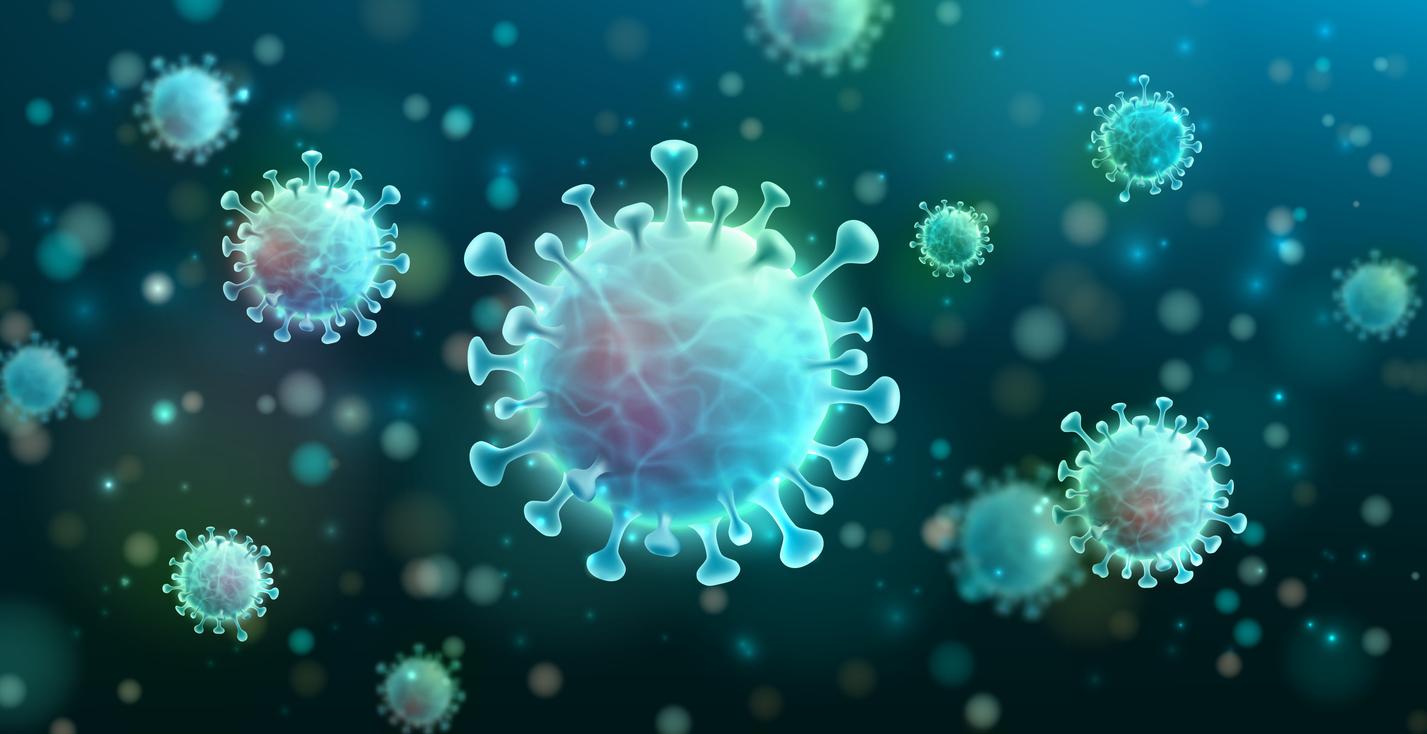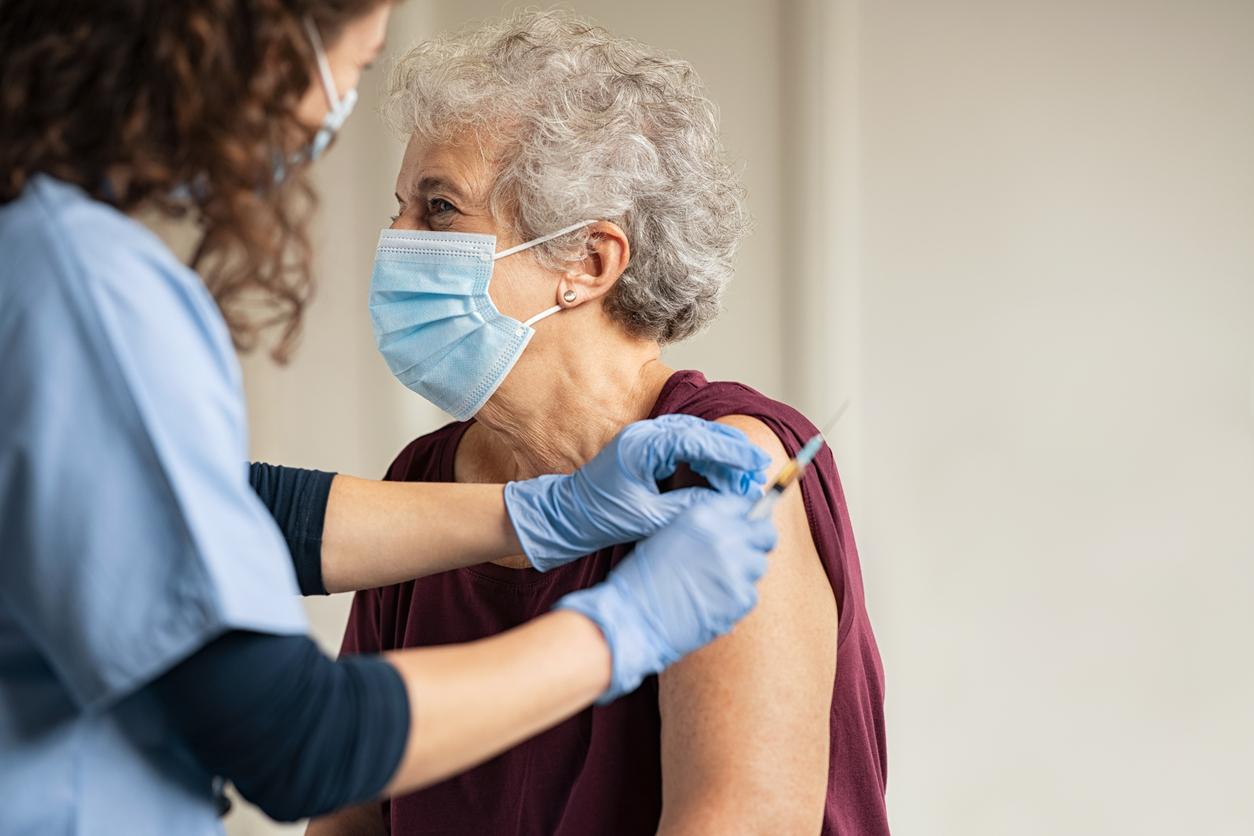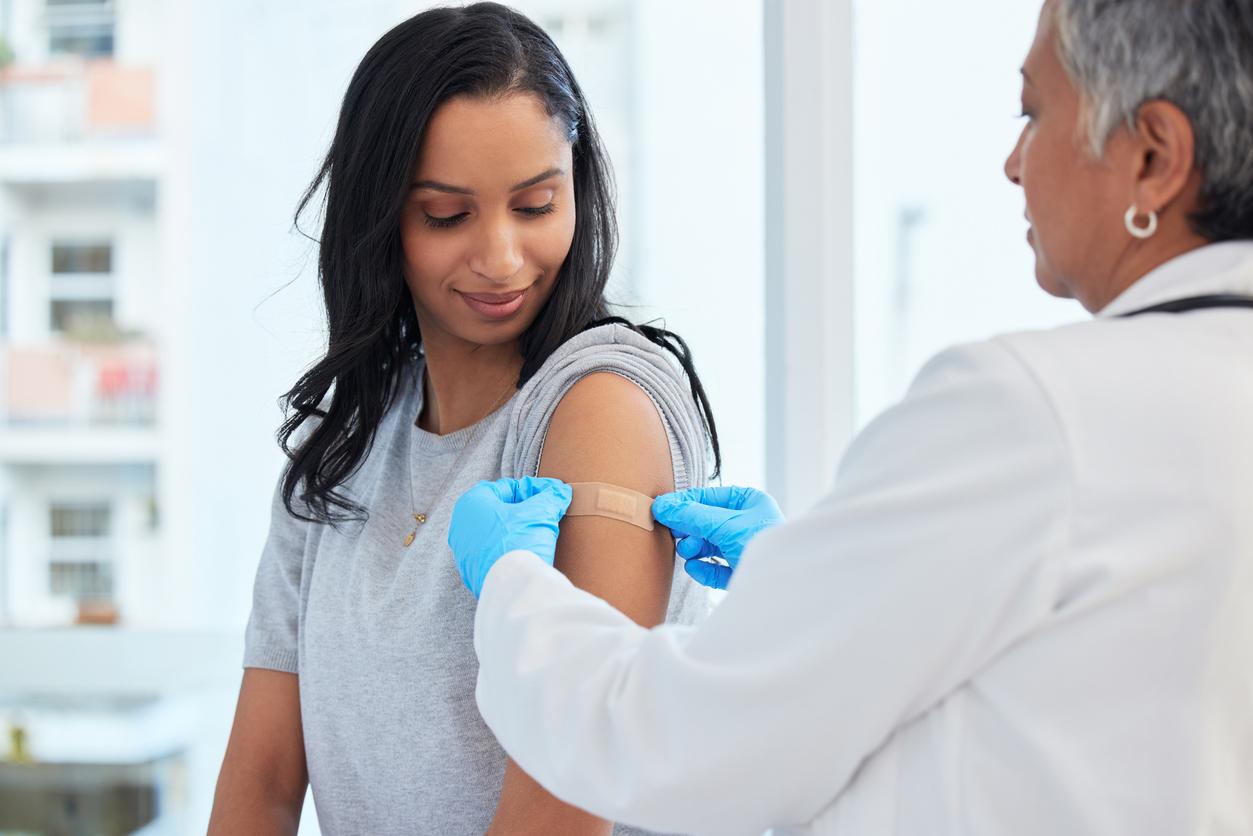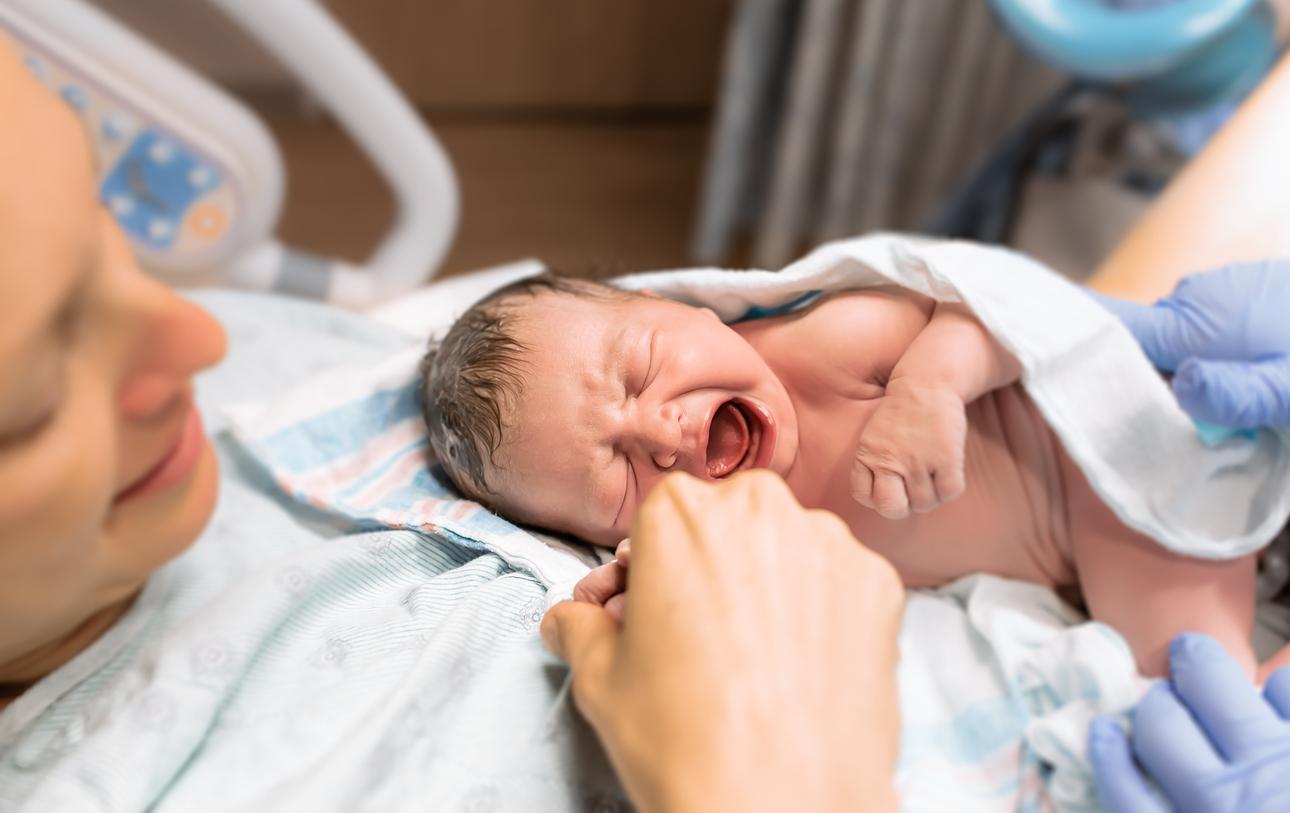the chikungunya is a virus transmitted by a mosquito scientifically named Aedes albopictus, but commonly known as the “tiger mosquito”, due to its black and white striped coloring. The disease is transmitted from person to person: the mosquito picks up the virus when it bites a sick person and then transmits it to all healthy people it will bite.
Infection with chikungunya does not appear to be harmful to babies if it takes place during pregnancy. Indeed, this virus would not cross the barrier of the placenta.
“Previous work by our team has shown that infection during pregnancy is benign and inconsequential for mother and child. But infection at the time of childbirth is critical for the child”, explains the Dr Xavier Fritel, study coordinator.
More than half of infected children are affected by psychomotor disorders
At the time of birth, the virus is transmitted from mother to child in 50% of cases and causes psychomotor disorders in infected children.
Researchers from the National Institute of Health and Medical Research (Inserm) studied and compared the evolution and growth of 33 children infected at the time of birth and that of 135 children not infected with the chikungunya.
The results of their study show that 51% of children infected at birth developed coordination, language, psychomotor disorders and social malaise. In contrast, only 15% of uninfected controls grew up with these types of problems.
“An infection that begins in the mother at the time of birth poses a risk of transmission and neurological sequelae for the newborn”, explains Dr Xavier Fritel, study coordinator.
“Among the children with psychomotor retardation, two thirds have mild disorders, some of which are recoverable with good medical monitoring and the help of paramedics such as psychomotor therapists”, reassures Dr. Patrick Gérardin, pediatrician-epidemiologist and co-author of the study in Réunion.
But there are some children with very severe forms who will bear sequelae all their life. “Four children have a cerebral palsy of origin (IMOC) causing difficulty in moving. Two of them are also visually impaired. These show in particular neurological lesions observable by MRI” specifies the pediatrician.

















